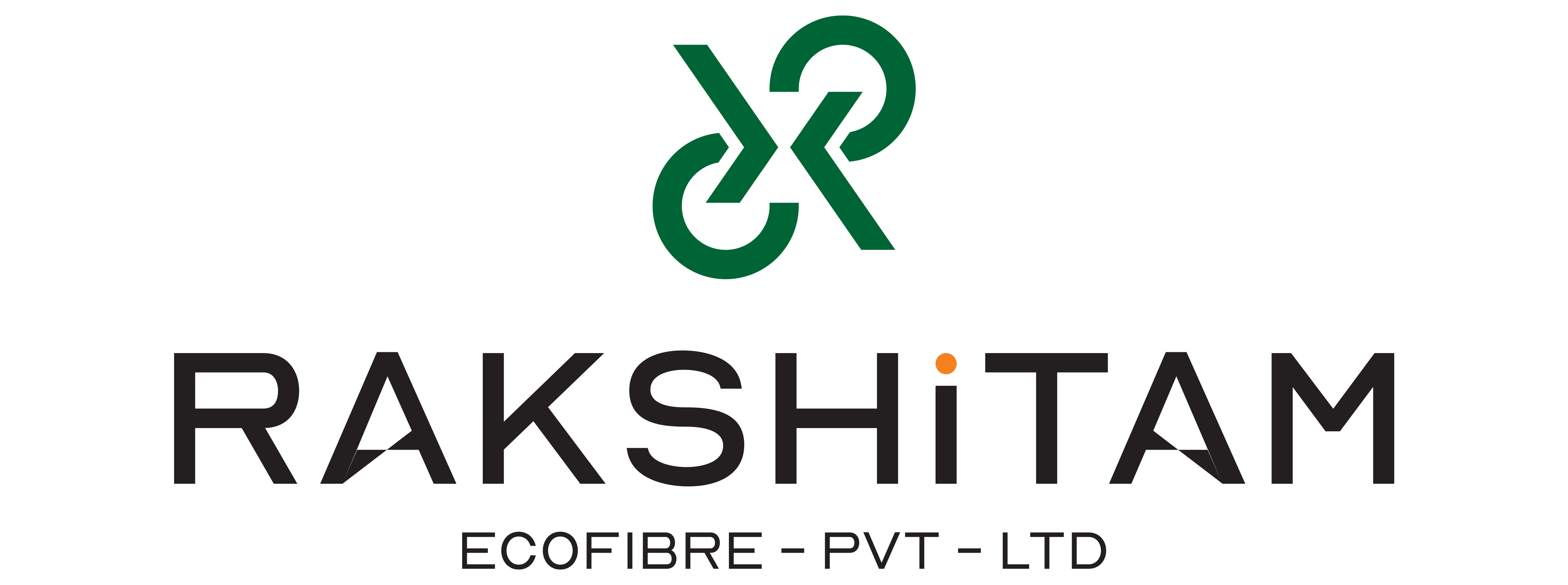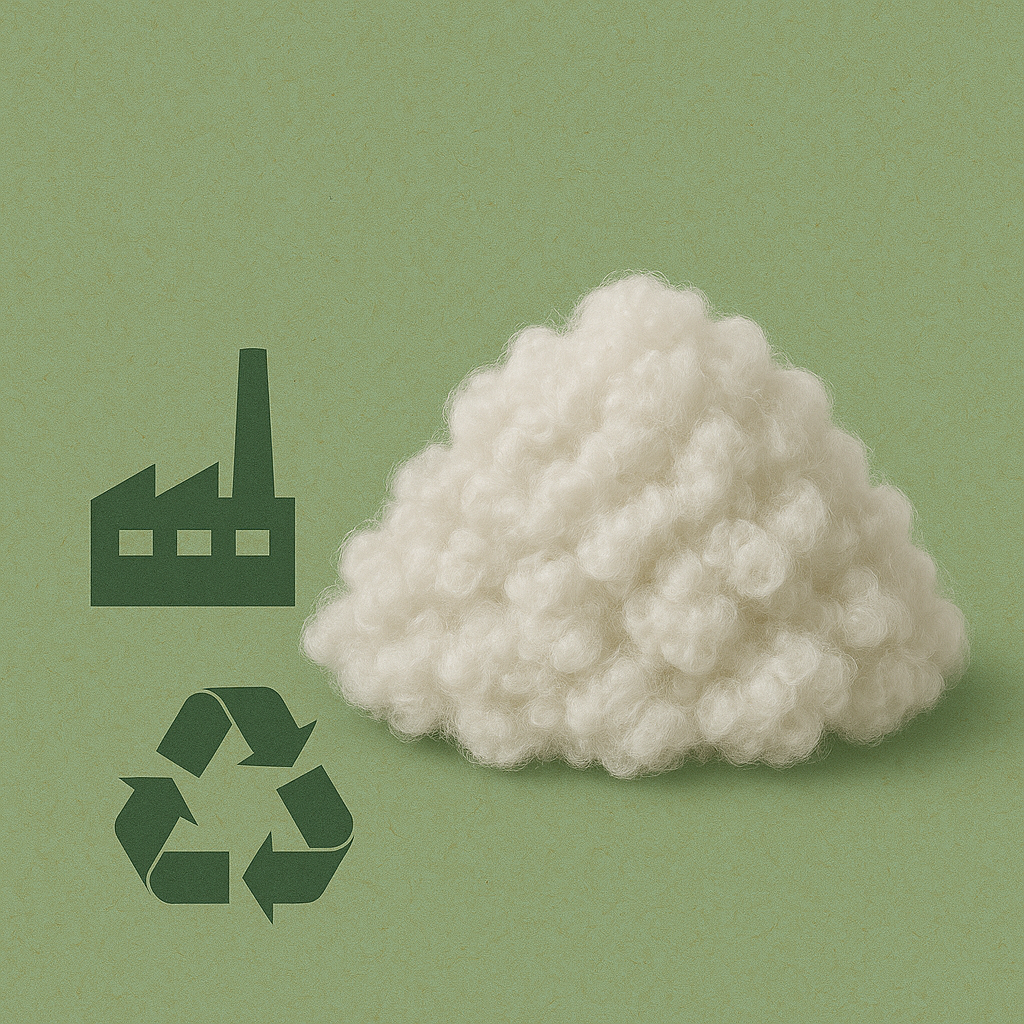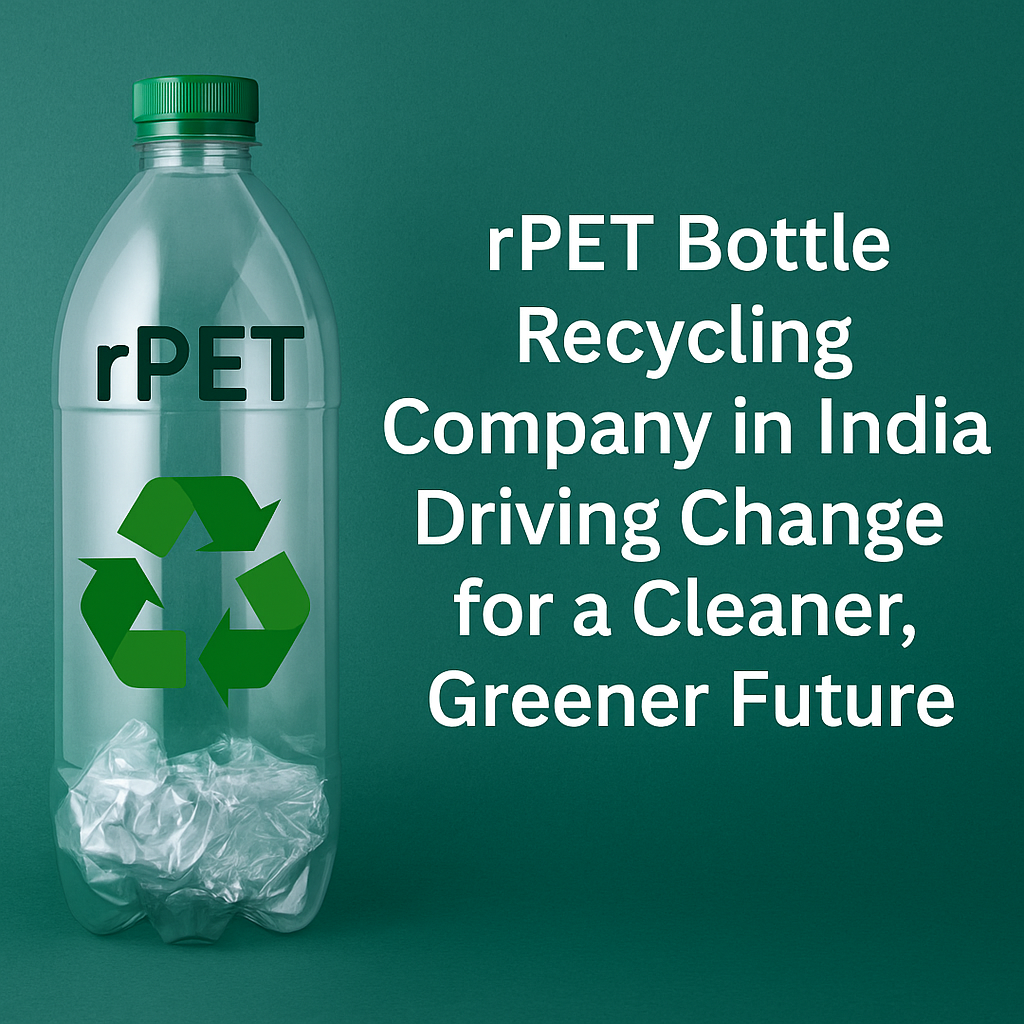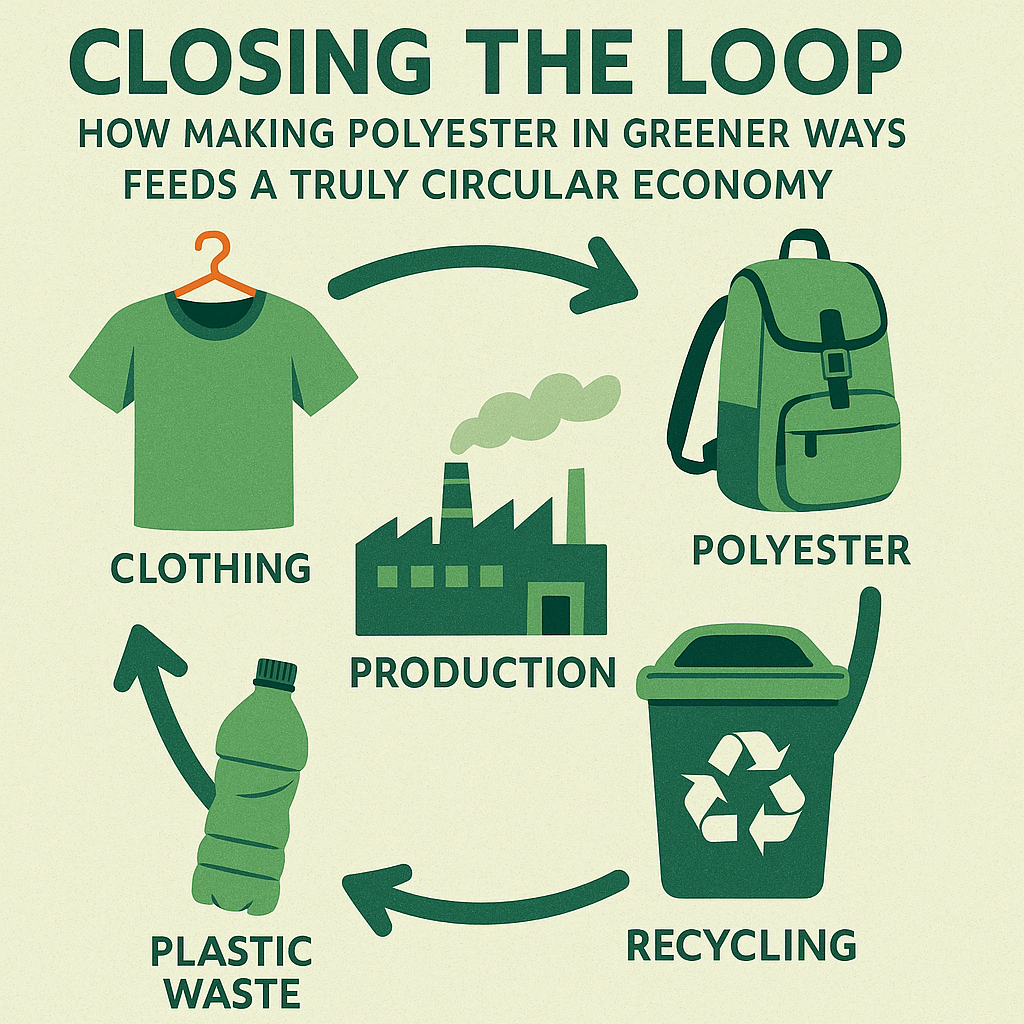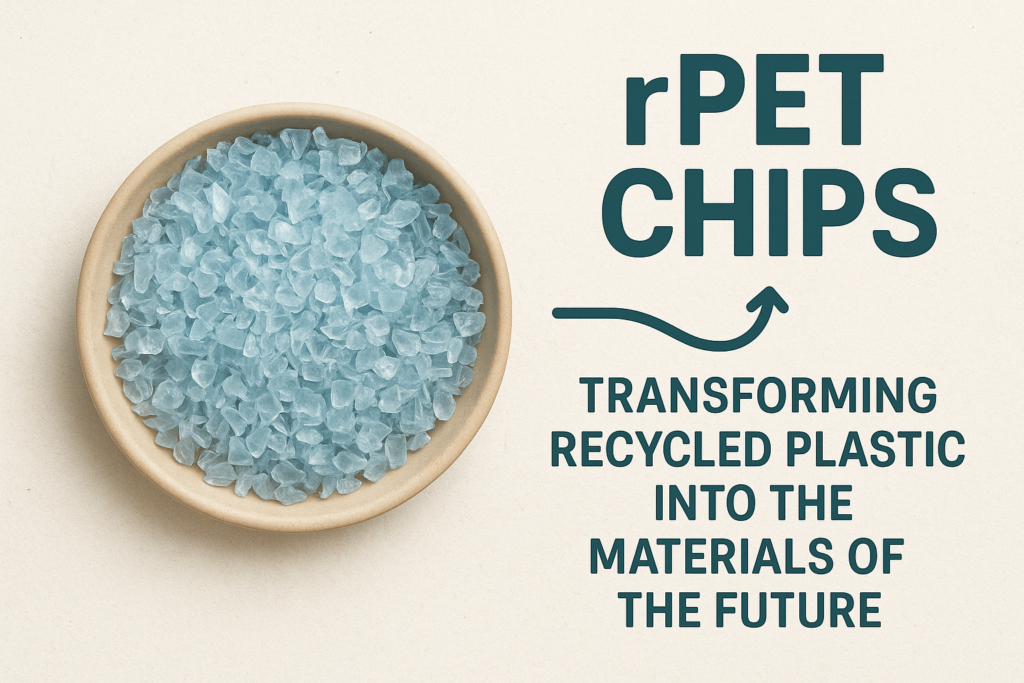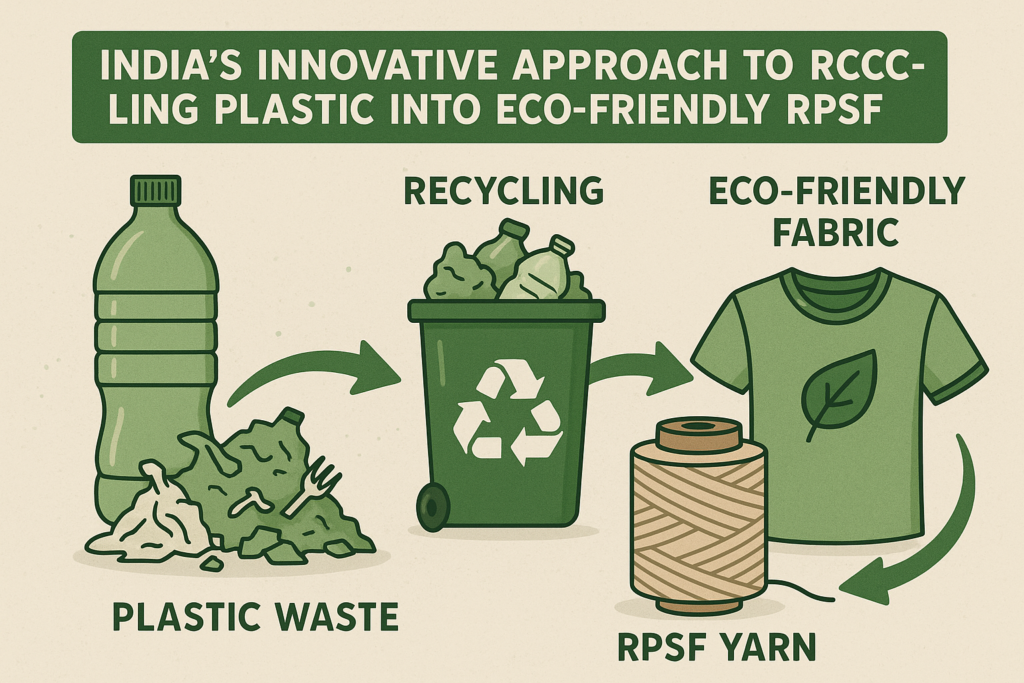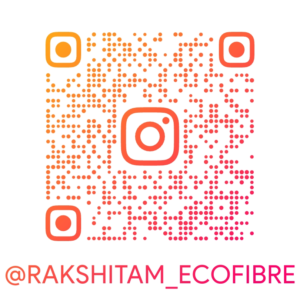India is quickly becoming a world leader in sustainable solutions mainly because of RPSF (Recycled Polyester Staple Fiber). India is successfully managing to turn waste into resources through innovative RPSF fabric production, which curbs plastic pollution and strengthens the circular economy. Considering how millions of plastic bottles are being thrown away every day, India’s textile and recycling sectors have joined hands to solve the problem.
What is RPSF and why is it important?
RPSF (Recycled Polyester Staple Fiber) is a synthetic fiber found in plastic bottles as polyethylene terephthalate (PET). Unlike virgin polyester, which comes from petroleum, RPSF uses existing materials which significantly saves carbon emissions and fossil resources.
Key benefits of RPSF:
The industry leader in circumventing landfill waste and ocean-bound plastic.
- Saves energy and water during production.
- Compared in quality to virgin polyester.
- Supports manufacturing intent on a circular economy.
The supportive policies and advanced recycling technologies have made India the global leader in RPSF fabrication.
Recycling Procedure: From Bottle to Fabric
These steps are crucial in RPSF’s manufacturing processes in India.
- Plastic Collection – Used plastic water bottles are procured from urban and rural settings.
- Sorting and Cleaning – The bottles undergo de-labeling, washing, and cleansing for residue. They are subsequently classified according to polymer color and type.
- Shredding and Flaking – Bottles are flakes of plastic.
- Melting and Extrusion – The flakes are melted and filamentized.
- Fiber Formation – The filaments are cut into staple fibers, followed by spinning them into yarn.
- Fabric Manufacturing – The constituent sustainable fabrics are eco-dyed and spun into yarn which is then woven.
With this effort, sustainable proactive manufacturing is advanced, and the virgin, petroleum-based polyester dependency is reduced.
India in the Global RPSF Movement
In India, the major regions of RPSF production are Gujarat, Maharashtra, Tamil Nadu and Punjab. Reliance Industries and Indorama, along with several MSME’s, have integrated closed loop recycling systems, making use of domestic resources while curtailing fossil fuel use.
Driving Factors:
- Government oversight: Campaigns like the “Clean India Mission” or Swachh Bharat and EPR Mandate allow for some ecological advantages.
- India: Indian startups are devising new methods for material recycling and tracking.
- Export opportunities: Due to the surge in foreign apparel brand’s demand for sustainable fabrics, India has positioned itself as a competitive global market.
Environmental Impact of RPSF Adoption
The adoption of RPSF has calculable benefits for the environment:
- 1 kg of RPSF reduces the number of bottles in oceans and landfills by roughly 70.
- Compared to virgin polyester, carbon emission is reduced by up to 50%.
- 60% more energy is saved and 20 liters of water is conserved for every kg of fiber produced.
All of these facts prove that RPSF-derived apparel aids in the fight against environmental degradation.
Why Brands Are Choosing RPSF
Athletic and casual clothing, furnishings, along with other fashion and textile brand products both foreign and domestic, are now more than ever using RPSF to meet sustainability goals. Textiles based on RPSF are strikingly durable, cost-effective and have a lower environmental impact compared to other options.
RPSF as a material of choice for responsible brands is also gaining prominence due to the growing eco-consciousness among consumers which demands ethical sourcing and transparency.
Also Read: RPSF vs. Organic Cotton: Which Eco-Friendly Fabric Is Better?
Conclusion
A Circular Future for Fashion Other countries can take advantage of India’s innovative model of converting plastic waste into RPSF fabrics. With increased technology and awareness, the eco-friendly alternative is bound to shift the fashion industry from a linear to circular paradigm—one recycled bottle at a time.
Do you need this blog prepared for a website or turned into a social media carousel?
